How would somebody describe a “wet blanket?” Usually it is a person, although sometimes it can be a thing (such as a philosophy, organization, or an entire community or environment) that can always be counted on to spoil the fun or dampen the enjoyment of others.
In other words, a party-pooper, a spoilsport, a killjoy, a “Debbie Downer,” or a real “pill” (an expression my wife picked up in the course of her East Coast childhood).
Three Famous Wet Blankets.
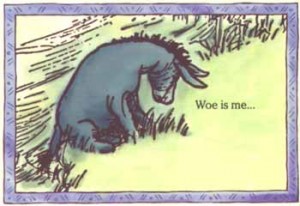
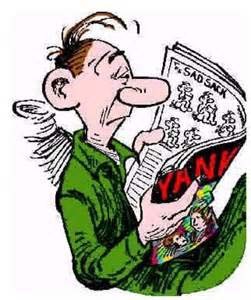
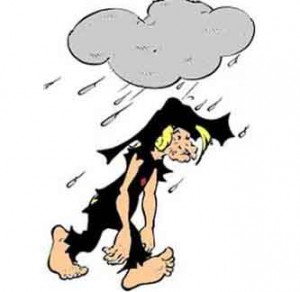
Origin.
I always thought the idiom “wet blanket” arose from the cold discomfort someone would feel when covered by a sodden blanket – imagine sitting in the bleachers watching a high school football game, wrapped in a blanket, when suddenly a shower shows up.
Or being on a beach on the Cape on a cloudy, windy, chilly day, with a damp beach blanket as your only protection from the elements.
Brrrrr. Not comfortable. Real close to a buzz kill.
But the real beginning of the expression “wet blanket” goes back at least to the 1660s, according to the Online Etymology Dictionary when it refered to a simple way to fight small fires. The solution? Keep a thoroughly wetted blanket handy as a way to smother a sudden flare-up, especially in confined spaces.
Extinguishing a Kitchen Fire.
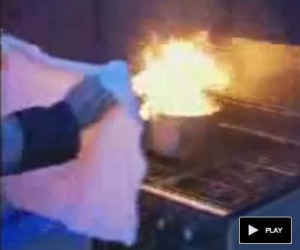
Godey’s Lady’s Book and Magazine.
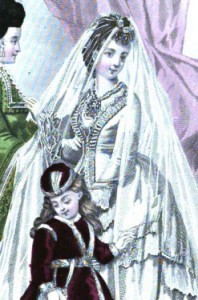
More than 200 years later, the term appears in an article titled “Wet Blankets,” in Godey’s Lady’s Book and Magazine, February 1871, and here it is clearly used in the same idiomatic sense as it is today.
“Wet Blankets
Why could they not let us enjoy ourselves in our own way? Which was not a way that interfered with any other person’s, that trod on no one’s toes, shouldered no one out of place, and did no earthly damage to friend or foe. All we asked for was leave to nurse our own small fire by our own hearthstone — leave to laugh, to sing, to feel hopeful and joyous — when down fell the wet blanket and extinguished every spark and every flame, leaving us as cheerless, cold, and melancholy as before we had been bright.”
This American monthly magazine, which by 1860 had a circulation of over 150,000, was known for its beautiful hand-tinted fashion plates (illustrations of the latest women’s fashions). The magazine contained accompanying dressmaking patterns for its featured dresses. Also included was sheet music for popular tunes. In addition, Godey’s published contributions by Edgar Allan Poe, Nathaniel Hawthorne, Oliver Wendell Holmes, Washington Irving and other famous authors of the time.
Another use of a wet blanket.

So, as we end this brief elucidation on the phrase “wet blanket”…
… let us watch the video below, which is part of an online “Learn English” video course. I couldn’t demonstrate the meaning of the idiom any better myself.
![], April 1, 2012. Disney-quality animation it’s not, but note how the flat audio and dull artwork makes the video an example of “wet blanketry” by itself. Pretty droll, at that.](https://disappearingidioms.com/wp-content/uploads/2015/06/EduEduOnline-wet-blanket-copy-300x222.jpg)